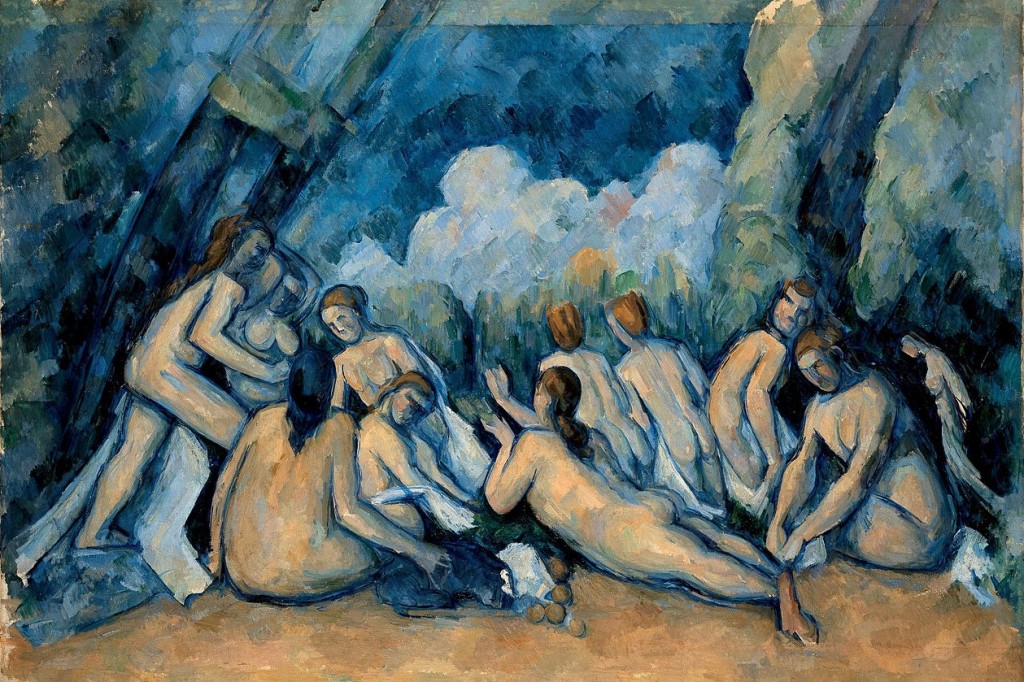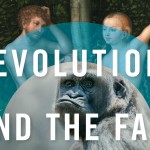
Nobody heard him, the dead man,
But still he lay moaning:
I was much further out than you thought
And not waving but drowning.Poor chap, he always loved larking
And now he’s dead
It must have been too cold for him his heart gave way,
They said.Oh, no no no, it was too cold always
(Still the dead one lay moaning)
I was much too far out all my life
And not waving but drowning.
–Stevie Smith, “Not Waving but Drowning,” in Collected Poems
I don’t usually quote Nicholas Kristof, but when I do quote Nicholas Kristof, then I quote Nicholas Kristof about sex, sperm specifically:
As a couple finishes its business, millions of sperm begin theirs: rushing toward an egg to fertilize it. But these days, scientists say, an increasing proportion of sperm — now about 90 percent in a typical young man — are misshapen, sometimes with two heads or two tails.
Even when properly shaped, today’s sperm are often pathetic swimmers, veering like drunks or paddling crazily in circles. Sperm counts also appear to have dropped sharply in the last 75 years, in ways that affect our ability to reproduce.
“There’s been a decrease not only in sperm numbers, but also in their quality and swimming capacity, their ability to deliver the goods,” said Shanna Swan, an epidemiologist at the Icahn School of Medicine at Mount Sinai, who notes that researchers have also linked semen problems to shorter life expectancy.
Mark it zero!
This comes upon the news that Americans are having increasingly less sex, but Catholics might be bucking the trends.
The culprit, as you might have guessed, is the environmental degradation that is part and parcel of unbridled capitalism, which is more often than not fatal for fertility:
Human and animal studies suggest that a crucial culprit is a common class of chemical called endocrine disruptors, found in plastics, cosmetics, couches, pesticides and countless other products. Because of the environmental links, The New Yorker once elegantly referred to the crisis as “silent sperm,” and innumerable studies over 25 years add to the concern that the world’s sperm are in trouble.
The problem is actually much worse than drowning sperm:
And so are men and boys. Apparently related to the problem of declining semen quality is an increase in testicular cancer in many countries; in undescended testicles; and in a congenital malformation of the penis called hypospadias (in which the urethra exits the side or base of the penis instead of the tip). These problems are often found together and are labeled testicular dysgenesis syndrome.
There is still disagreement about the scale of the problem, and the data aren’t always reliable. But some scientists are beginning to ask, At some point, will we face a crisis in human reproduction? Might we do to ourselves what we did to bald eagles in the 1950s and 1960s?
I did not know what happened to the Bald Eagles back then (they thrive in the Seattle area), so I did some research:
Fortunately, we discovered the DDT problem in the nick of time. A retired banker/eagle enthusiast from Canada, Mr. Charles Broley was one of the first to notice a problem of non-producing eagles in Florida, followed by a famous scientist named Rachel Carson who wrote an alarming book about DDT and its effects called Silent Spring (you should all read this book one day !). These “alarms” were sounded in the late 1950’s and early 1960’s. Fortunately, DDT was banned in the United States in 1972, and eagles (and other raptors such as peregrine falcons and ospreys) began successfully reproducing sometime after that. Active restoration programs helped accelerate the eagle’s return. Fortunately today, eagles can once again breed successfully and raise plenty of young to keep the US population growing. From the eagles nadir (low point) in the early 1970’s and late 1960’s when fewer than 500 breeding pairs were known within the continental US, by 1998 over 6000 pairs were breeding in this area. The important thing for us to do now, is to make sure we keep enough suitable habitat around for all these eagles to use now and still when you all have kids of your own !! Due to the significant increase in bald eagles over the past 20 years, the federal.
It seems to me Kristoff is proposing a breeding program for humans, which sounds a little bit creepy. But the problem does seem to be truly dire according to the fertility scientists . . .












